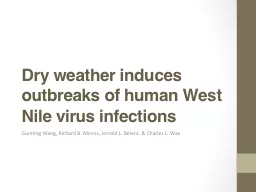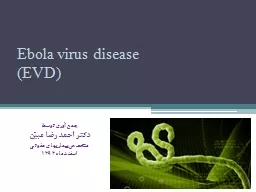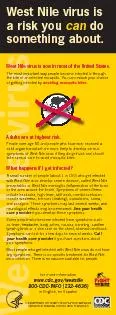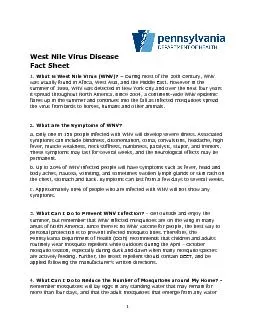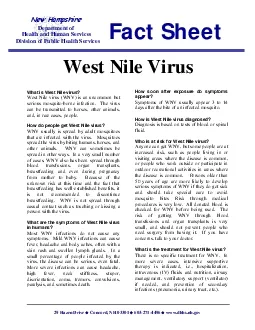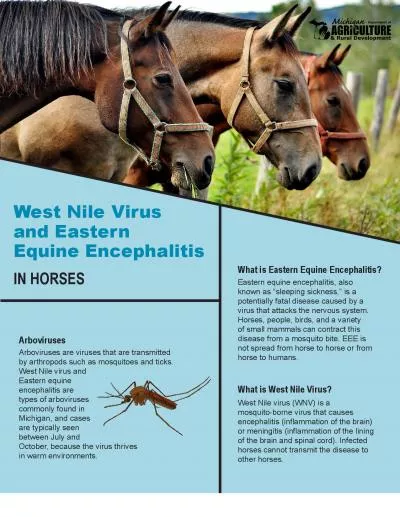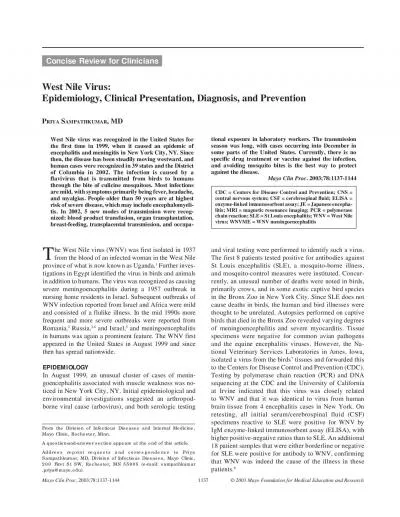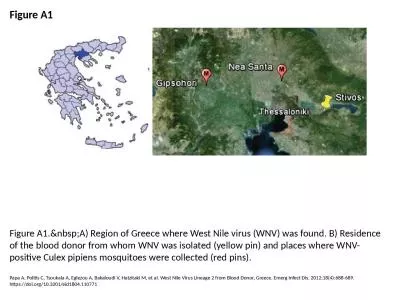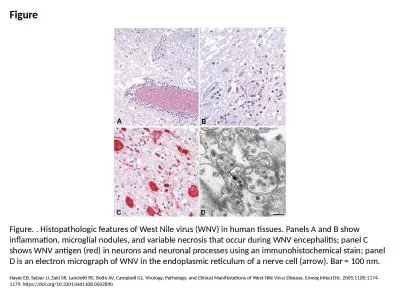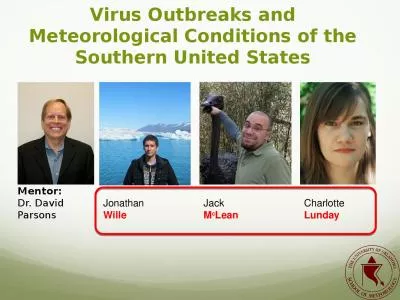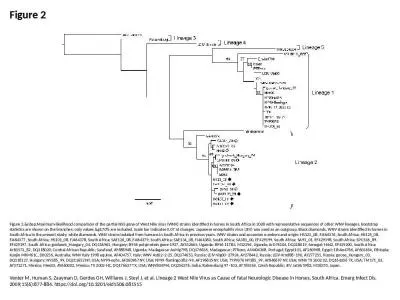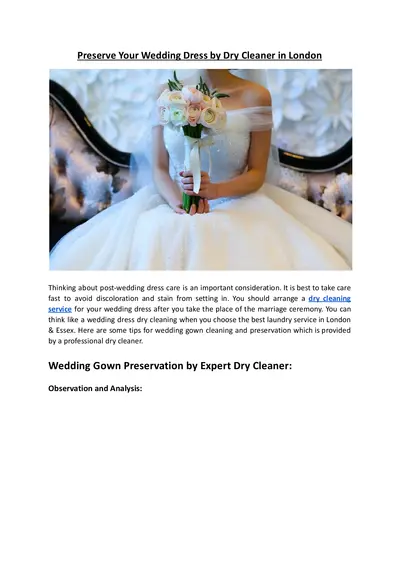PPT-Dry weather induces outbreaks of human West Nile virus infe
Author : jane-oiler | Published Date : 2016-05-12
Guiming Wang Richard B Minnis Jerrold L Belant amp Charles L Wax What is West Nile virus WNV is a disease transmitted by mosquitoes Symptoms range from mild
Presentation Embed Code
Download Presentation
Download Presentation The PPT/PDF document "Dry weather induces outbreaks of human W..." is the property of its rightful owner. Permission is granted to download and print the materials on this website for personal, non-commercial use only, and to display it on your personal computer provided you do not modify the materials and that you retain all copyright notices contained in the materials. By downloading content from our website, you accept the terms of this agreement.
Dry weather induces outbreaks of human West Nile virus infe: Transcript
Download Rules Of Document
"Dry weather induces outbreaks of human West Nile virus infe"The content belongs to its owner. You may download and print it for personal use, without modification, and keep all copyright notices. By downloading, you agree to these terms.
Related Documents

